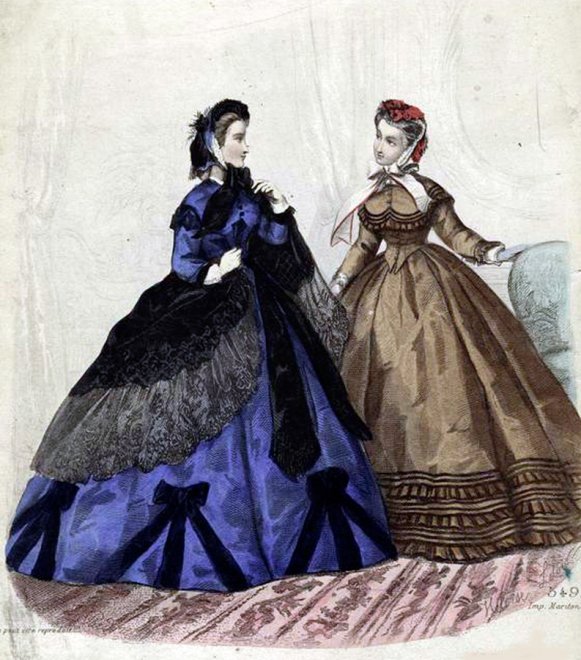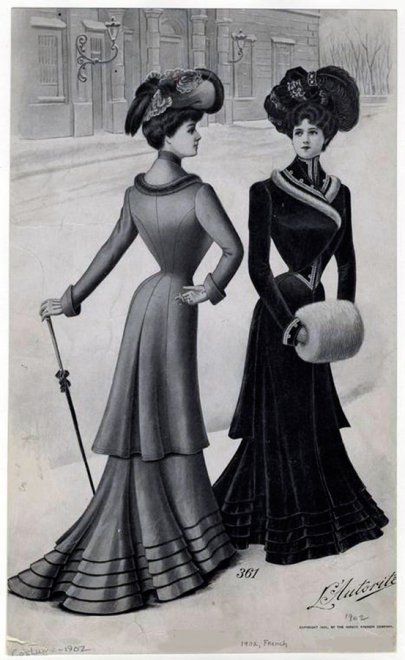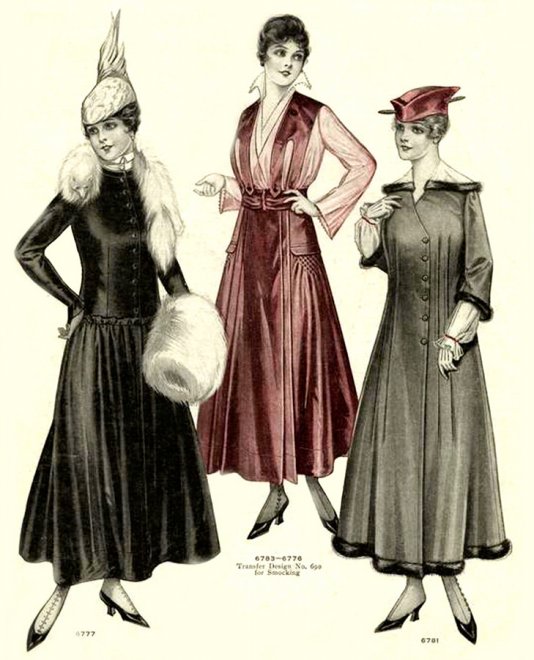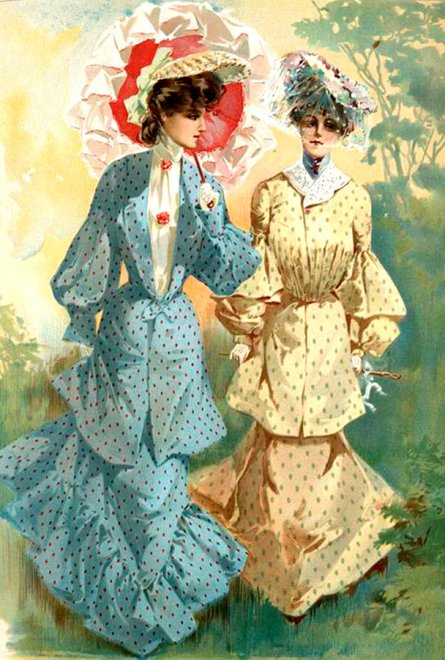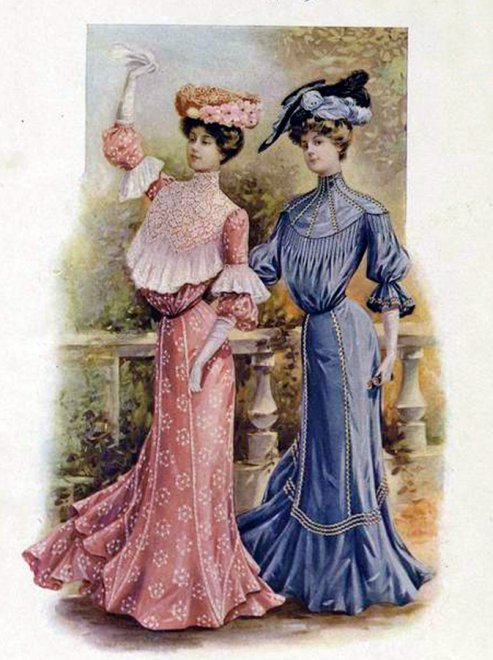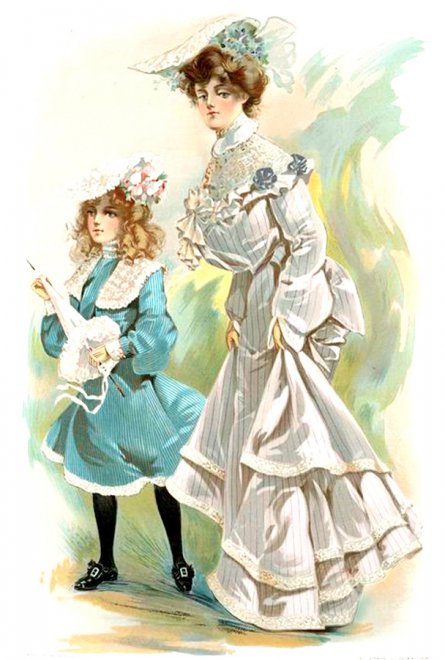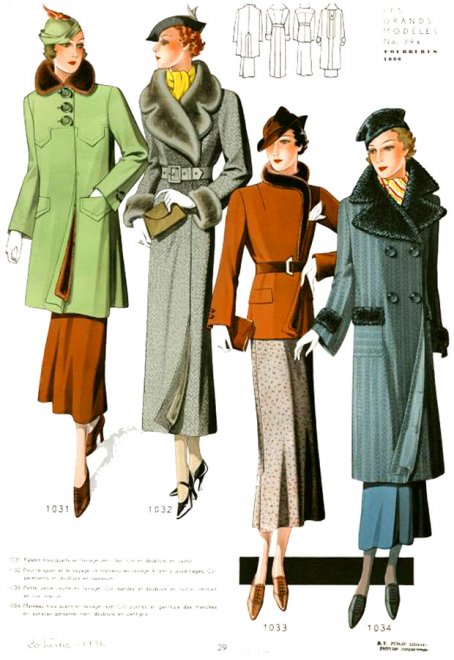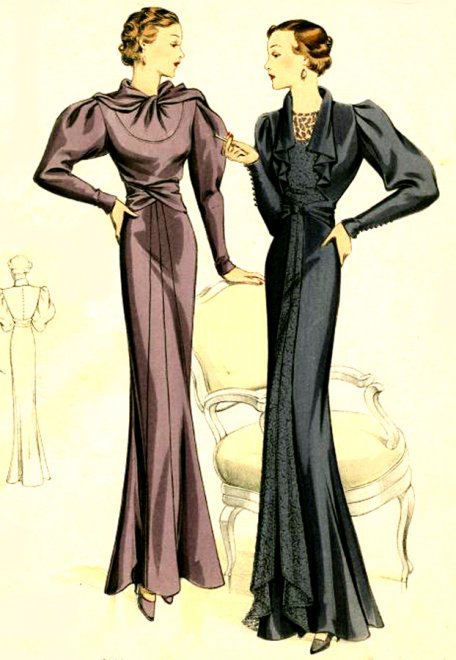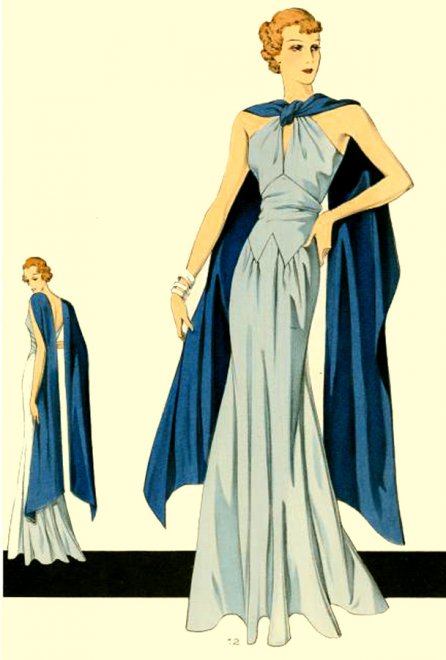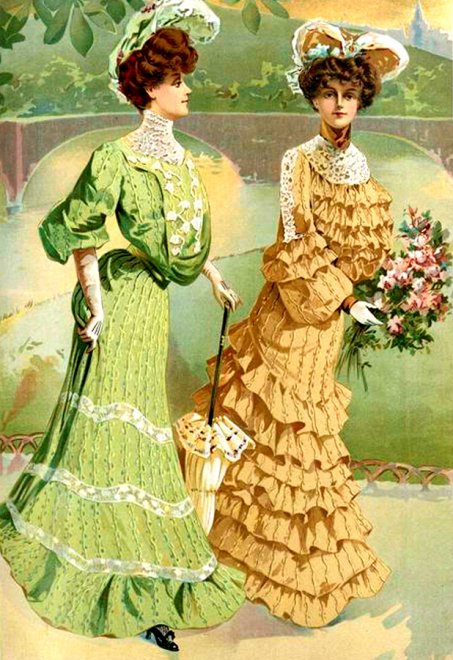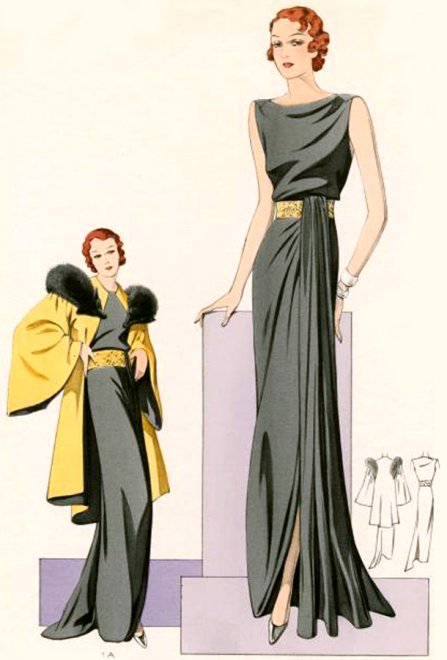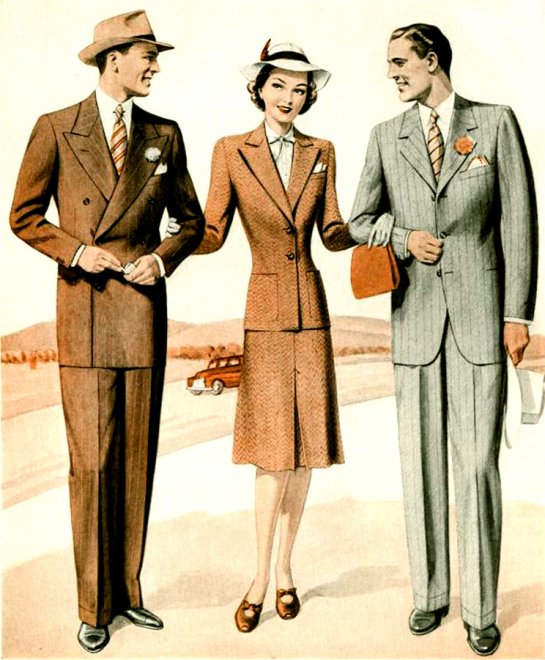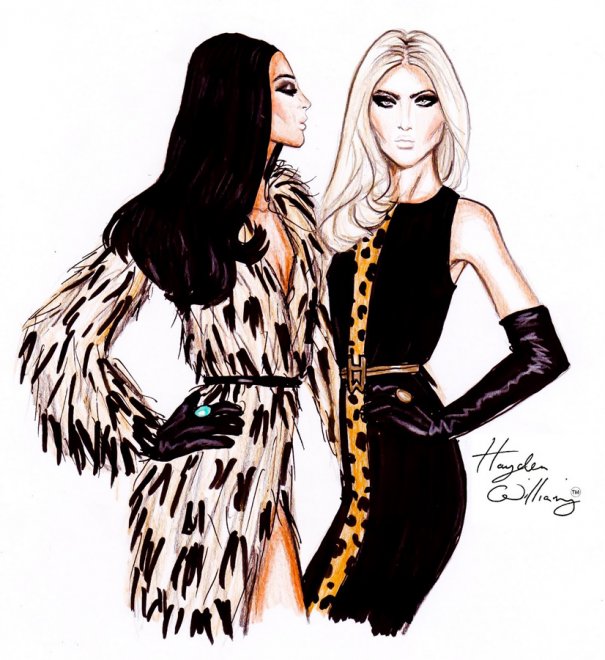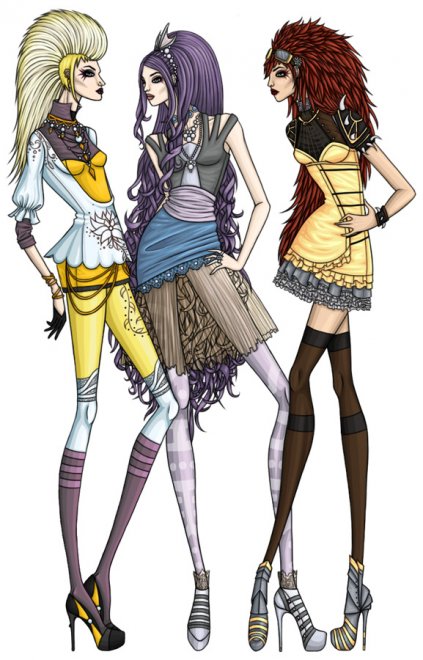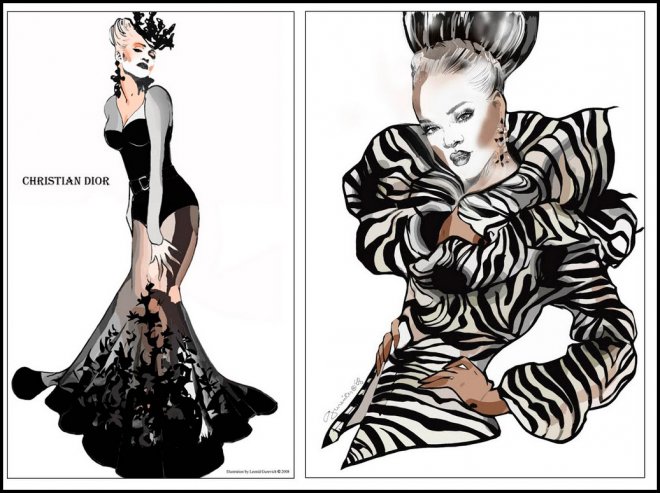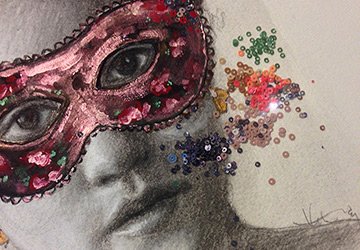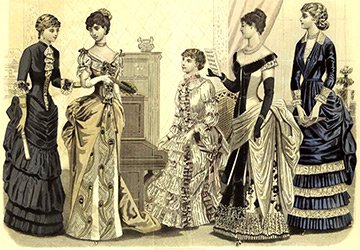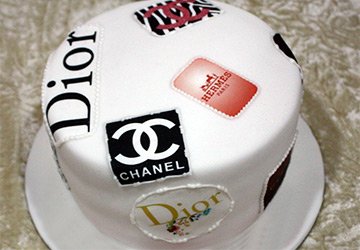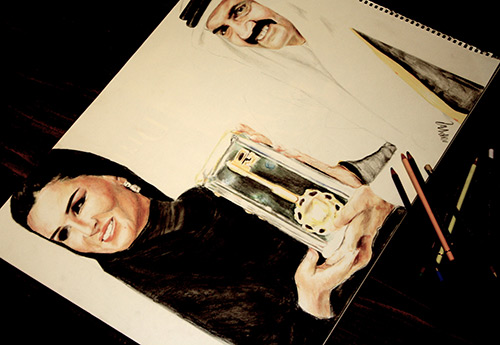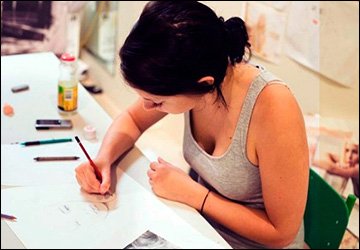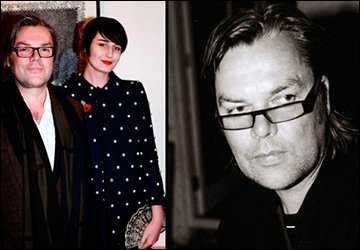ILLUSTRATIONS
Fashion illustration - history, decline and revival
The beginning of the XXI century is our time, the time in which we all live, the time of the development of technology and new trends, no less technical, in art, but it is precisely this time, the beginning of the XXI century, which is already called the time of revival, renaissance, fashion illustration. fashion illustration. The same good old illustration, which in the twentieth century was superseded by photography.
It's so common to see photographs on the covers and pages of fashion magazines, but now illustrations coexist quite well with photographs. In general, they perform the same functions - they show, convey to us an image, the appearance of a particular thing, by advertising it. Photography is modern, illustration is old, because it was it in those days when the world did not yet know what a camera was, and performed the functions of photography very successfully. But there are also differences between them. There is much more space in the illustration for the manifestation of talent, individuality, your idea of something, creativity, and, therefore, much more of the author himself. After all, today almost everyone knows how to photograph, but not to draw. And that also lends a certain magic to fashion illustration.
The prints of the first fashion illustrations can be considered engravings and etchings of the 16th century, which depict ladies and gentlemen, fashionistas and fashionistas. But fashion illustration itself appears in the 19th century. XIX - first half of XX centuries - the time of its heyday. French fashion designer Paul Poiret actively supports fashion illustrators, works with fashion illustration and Coco Chanel... At the beginning of the twentieth century, numerous floral ornaments, which were popularly called "spinach", served as the backdrop for fashion illustrations. Then the background is either removed altogether, or becomes more varied.
In the first half of the twentieth century, not only narrow specialists work in fashion illustration, those whose bread is illustration, but also many well-known artists. This is how fashionable work drawings appear in Vogue. Salvador Dali... And the Russian artist Roman Tyrtov (better known as Erte) in 1914 was offered cooperation by two fashion magazines at once: Vogue and Harper's Bazaar. They say that Erte acted completely banal - in order not to be tormented by the problem of choice, he just threw a coin: "heads or tails." And fate in the form of a coin pointed to Harper's Bazaar.
Fashion illustration thrives on the covers and pages of fashion magazines right up to the 1930s. It was at this time that photography began to supplant it.
But a new breath, a small revival, for fashion illustration is the work of the French fashion illustrator Rene Gruau. Gruau has been working with the House of Dior for a long time, for which he designed catalogs, packaging (perfumes) and even advertisements and invitations. René Gruau worked with Dior in the 40s, 50s, 60s and 70s. It can be said that the image of the House of Dior was determined, among other things, by Rene Gruau. However, he worked not only in fashion graphics, but also in advertising, even more in advertising. In the 60s, Gruau also collaborated with Valentino. His illustrations have appeared in Vogue and L’Officiel magazines. In fact, in the middle of the twentieth century, Gruault's illustrations defeated photography, but this was just a pleasant exception rather than a rule. Interest in fashion illustration reawakened only at the beginning of the XXI century.
Modern Fashion illustration
Comments and Reviews
Add a comment
Rating news
Shades of clothing that make women look younger
What shades of hair make women younger: rules and photos
Funny wedding dresses - photos and ideas
12 most expensive down jackets for the winter
How to look 25 at 40: tips from supermodels
Beautiful schoolgirls
Anti-aging haircuts and hairstyles for women
Fashionable skirts for autumn and winter
Fashionable women's trousers for the cold season
Fashionable and stylish sandals for summer 2024
Spring-summer 2024
 Fashionable dresses and tops with thin spaghetti straps
Fashionable dresses and tops with thin spaghetti straps
 Bandana tops: how to wear stylishly and beautifully
Bandana tops: how to wear stylishly and beautifully
 How to put together the perfect men's wardrobe for the summer
How to put together the perfect men's wardrobe for the summer
 Fashionable shorts for spring-summer 2024
Fashionable shorts for spring-summer 2024
 Fashionable skirts for spring-summer 2024: a guide to online shopping
Fashionable skirts for spring-summer 2024: a guide to online shopping
 The most fashionable dresses spring-summer 2024: styles and colors
The most fashionable dresses spring-summer 2024: styles and colors
 Fashionable total look 2024: ideas of images and trends
Fashionable total look 2024: ideas of images and trends
